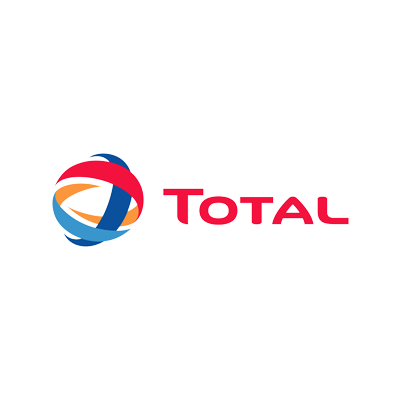What is the ETL?
ETL is a fundamental component of data management and integration.
As a part of the ETL process, data can be extracted from multiple sources, transformed, and loaded into the target system in a unified and structured format.
This makes the data accessible and valuable for decision-making and analysis within an organization while ensuring data quality, consistency, and usability across various business applications.
The ETL abbreviation stands for: “Extract, Transform, Load”. Below is a brief description of each phase:
Extract data:
In this stage, raw data is extracted from a variety of data sources like databases, applications, flat files, and external systems.
Transform data:
Extracted data (exported or copied from original locations) is landing in the staging area where it is transformed.
During the transformation data can be standardized, cleaned up, and consolidated to capture inaccuracies or inconsistencies.
Transformations may involve validating, de-duplicating, merging, mapping, and any other rule to guarantee that data is accurate, consistent, and ready for analysis.
Load data:
The final phase encompasses loading the transformed data into a target database, data warehouse, or another system where it can be accessed for reporting, analysis, or business intelligence.
Loading processes may include steps to efficiently organize and index data for optimal querying and retrieval.
Why do we need a staging area?
The ETL process commonly acknowledges the transformation phase as the most crucial.
During data transformation, improvements in data integrity are achieved by eliminating duplicates and ensuring that the raw data reaches its destination in a fully compatible and ready-to-use state. A designed location where raw (unprocessed) data is transformed and normalized is called a staging area.
The staging area is an intermediate zone where data is temporarily stored and processed before being loaded into the final destination.
Below are several key reasons highlighting the significance of a staging zone and the benefits it provides:
Data quality, consistency, and integrity
As the ETL provides an option to extract data from multiple sources, the staging zone is essential in achieving consistency across data before loading into the target system.
For example, consistency can be achieved by applying data quality checks, which ensures only reliable and accurate data is moved forward in the ETL process.
Furthermore, a good practice is to conduct data profiling before loading into the staging zone to know the expected type and format of the data from source systems.
Incorporating these steps is crucial when establishing well-defined data contracts between data producers and data consumers and cultivating trust in data across the organization.
Data transformation flexibility
The staging zone is a designed area for translating business requirements into code or configuration.
This transformation process may involve data cleaning, mapping, aggregating, enriching, and standardization to meet specific requirements prepared by data stakeholders.
Performance optimization
Running pipelines independently in parallel contributes to faster and more efficient ETL data flows. Staging also enables incremental loading, wherein only the changed and new (delta) data since the last ETL run is taken into consideration.
This approach reduces the time of data processing and decreases resource utilization.
Data monitoring and auditing
A company can save significant financial resources
Verbose logging and alerting in the staging area facilitates analyzing intermediate results, which makes it easier to identify and address any development or maintenance issues.
Staging provides a location to store and manage metadata, helping organizations keep track of the structure, source, and processing rules applied to the data during the ETL process.
as it does not need a large team of programmers or a long time to write software from scratch. Maintenance and changes to the application are also less costly, because of the easier maintenance of the system.
Data versioning
The staging zone acts as a safeguard by providing a temporary storage buffer. It allows application data versioning and reduces the risk of data loss.
This feature secures data reliability, by allowing it to roll back to a previous state in case of any errors or issues during the transformation step.
Critical importance of a good ETL process
The ETL process is one of the most crucial elements of Business Intelligence solutions. It empowers us to integrate data from across multiple sources, consolidating it into a unified repository. It plays an essential role in ensuring the reliability, accuracy, and efficiency of the entire data integration process.
However, it is worth mentioning that the ELT process also operates alongside the ETL process. The ELT (extract, load, transform) involves loading raw data into a destination first and performing the transformation within the target system. The ELT concept has grown in popularity lately. It provides flexibility for analysts and data scientists to perform data transformations within the target system and it is a well-suited methodology for processing structured as well as unstructured data.
Interested? We can help you to build your ETL process!




































